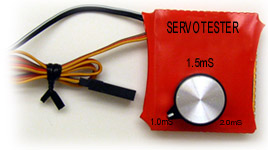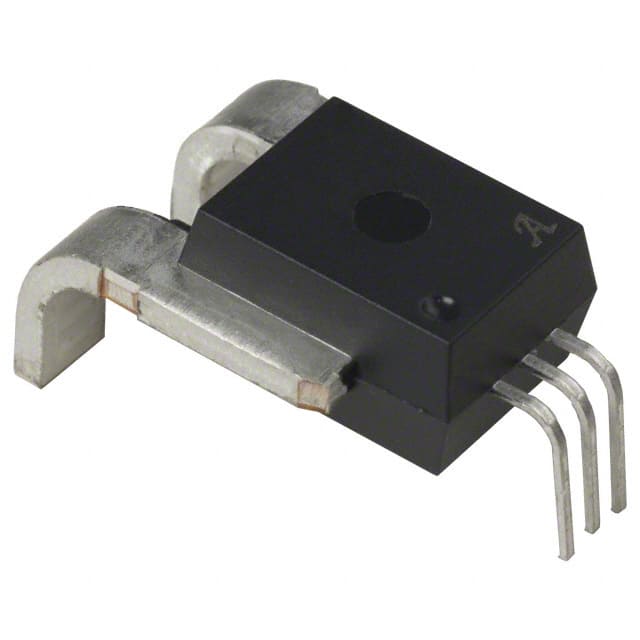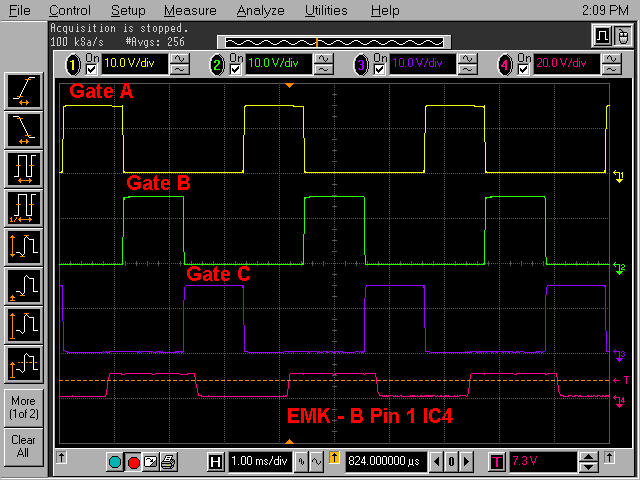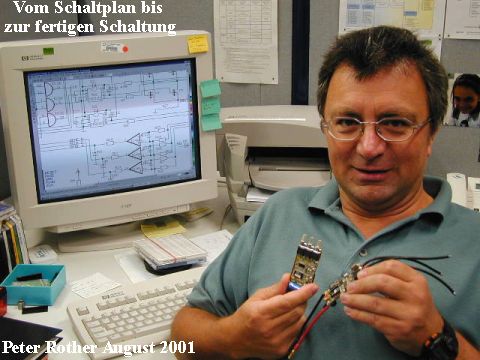MitchJi
10 MW
Hi,
What I had in mind is building something for ebike use that would be a similar size to the pictured servo tester (photo of Matt's servo tester), that is designed to be controlled using a lever rather than a knob,connected to a mechanical cable throttle:

If someone designs an ebike throttle to replace the servo tester it could be designed to:
In other words it could have all of the electrical features we want but be designed to be controlled by a mechanical throttle.
fechter said:What MitchJi is talking about is called a pot box. These are common on full size motorcycles and cars. They tend to be a bit bulky and heavy compared to a regular hall throttle, but can be made quite waterproof. A cheap hall throttle can easily be made waterproof also, simply by sealing the hall sensor leads with epoxy or some other kind of sealant.
What I had in mind is building something for ebike use that would be a similar size to the pictured servo tester (photo of Matt's servo tester), that is designed to be controlled using a lever rather than a knob,connected to a mechanical cable throttle:

If someone designs an ebike throttle to replace the servo tester it could be designed to:
- accommodate a mechanical interface
eliminate the BEC and is programmable
work as a plug and play package with any mechanical throttle
have current-control and also an appropriate throttle ramp
In other words it could have all of the electrical features we want but be designed to be controlled by a mechanical throttle.







